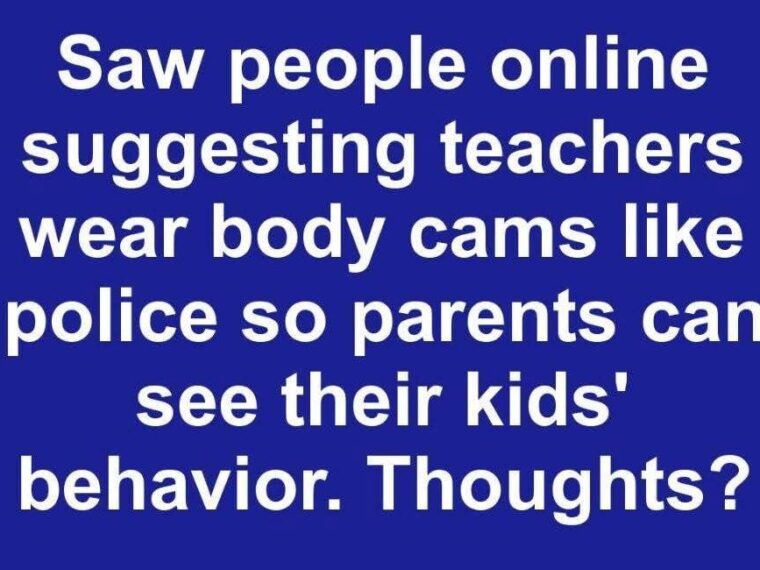Given the complexity of this debate, are there less extreme alternatives that balance transparency with privacy?
✔ Cameras in Common Areas, Not Classrooms: Installing cameras in hallways, cafeterias, and playgrounds could help monitor student behavior while preserving the classroom’s role as a private learning space. ✔ Audio Recording Instead of Video: Some argue that recording only audio could provide transparency without the same level of intrusion as video recordings. ✔ Stronger Classroom Management Training: Instead of cameras, investing in teacher training and behavioral management programs could help prevent issues before they arise. ✔ Incident-Based Recording: Rather than continuous filming, cameras could be activated only in specific situations, such as during fights or disciplinary actions.
Final Thoughts: Is It Worth the Trade-Off?
At the core of this debate lies a fundamental question: Should schools prioritize security and accountability at the cost of personal privacy and classroom freedom? While the idea of teachers wearing body cameras may seem like an easy fix, it introduces numerous ethical, legal, and practical challenges.
In the ideal scenario, schools should focus on solutions that balance transparency, student privacy, and teacher autonomy without turning classrooms into heavily monitored spaces. While there is no perfect answer, discussions like these push us to consider how we can improve education while respecting the rights and dignity of both students and teachers.
What are your thoughts? Should teachers wear body cameras, or do the risks outweigh the benefits? Let’s discuss! 💬





